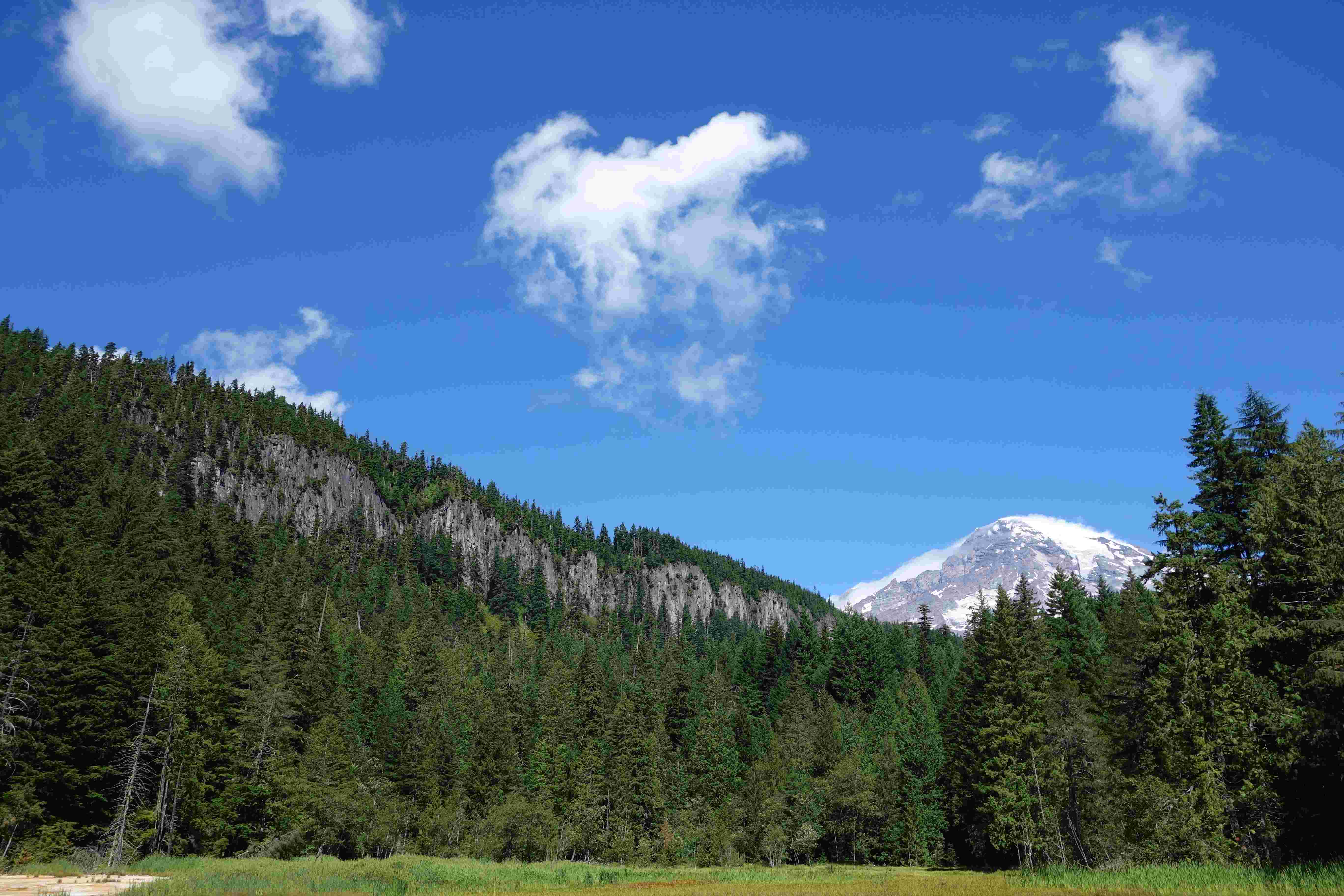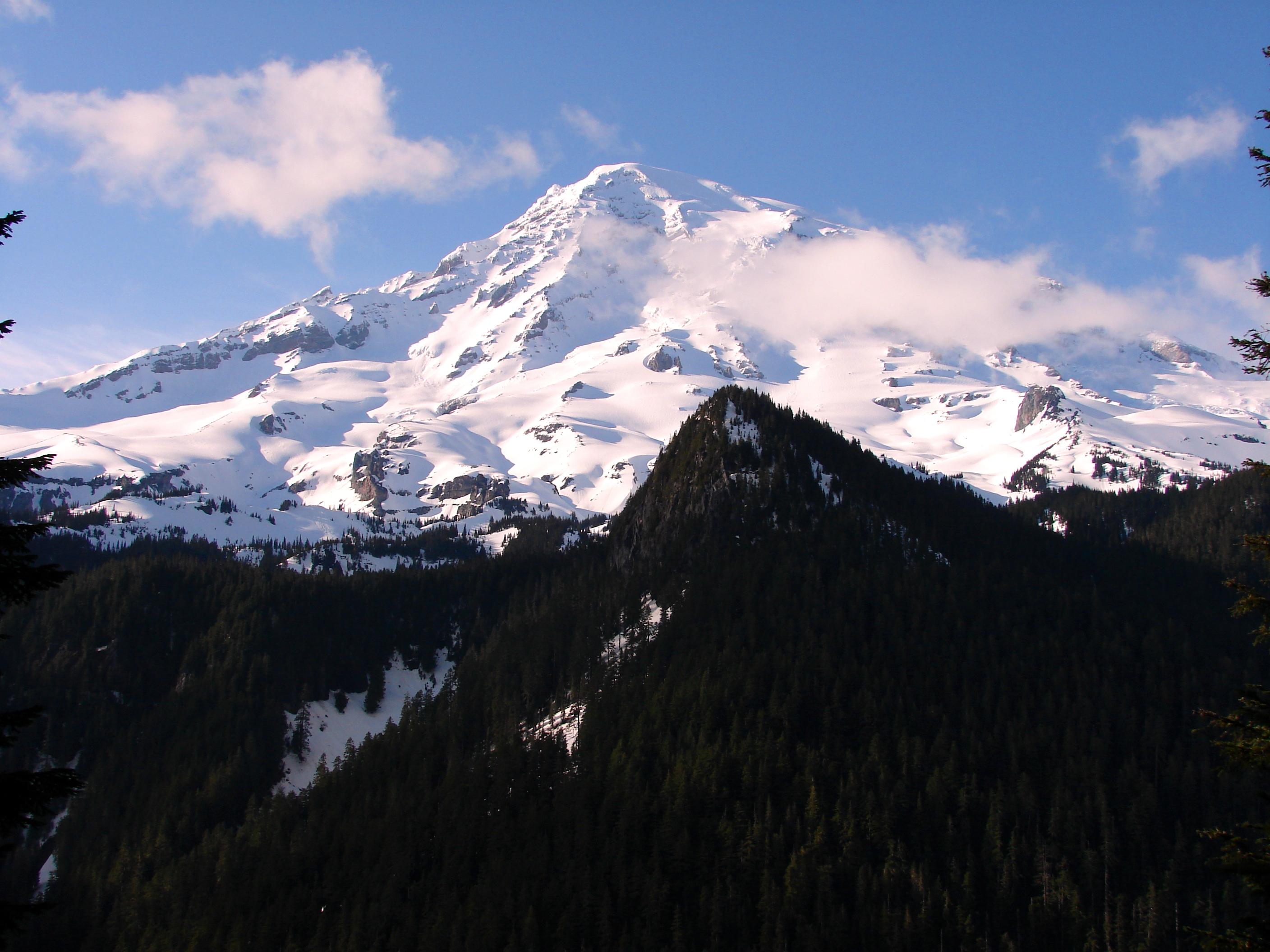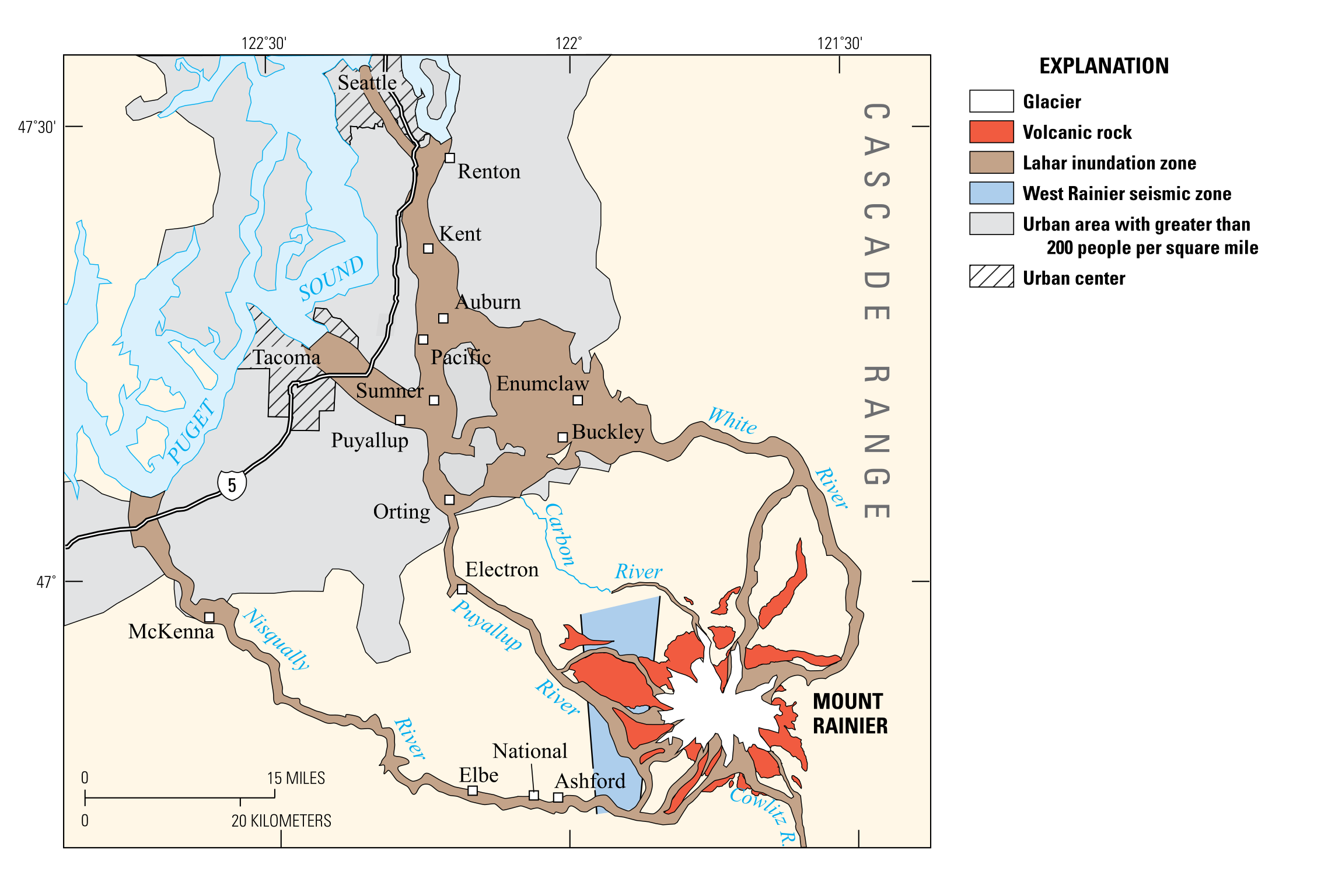The Mount Rainier Endangered Species Act is a crucial conservation measure aimed at protecting vulnerable species within Mount Rainier National Park and its surrounding areas. This act focuses on preserving the delicate alpine ecosystem and its inhabitants, particularly the Mount Rainier white-tailed ptarmigan, which has been listed as threatened due to climate change impacts. The act encompasses habitat protection, conservation measures, and collaborative efforts to ensure the survival of endangered species in this unique mountain environment.
What Species Are Protected Under the Mount Rainier Endangered Species Act?

The Mount Rainier Endangered Species Act primarily focuses on the protection of the Mount Rainier white-tailed ptarmigan (Lagopus leucura rainierensis). This unique alpine bird species has been listed as threatened under the Endangered Species Act (ESA) due to the significant impacts of climate change on its habitat.
Key characteristics of the Mount Rainier white-tailed ptarmigan:
- Belongs to the grouse family
- Adapted to high-elevation environments
- Requires specific habitat conditions:
- Moist alpine vegetation
- Rocky terrain
- Proximity to snow or water sources
The species’ range includes:
- Cascade Mountains of Washington State
- From Mount Adams northward
- Extends to southern British Columbia, Canada
How Does Climate Change Affect the Mount Rainier White-tailed Ptarmigan?

Climate change poses a severe threat to the Mount Rainier white-tailed ptarmigan and its habitat. The following factors contribute to the species’ vulnerability:
- Diminishing alpine tundra habitat
- Decreasing meltwater from snowpack and glaciers
- Rising tree line encroaching on alpine areas
These changes are expected to result in a significant loss of suitable habitat for the ptarmigan. Projections suggest that up to 95% of the bird’s currently available habitat could be lost in the coming decades, highlighting the urgent need for conservation efforts.
What Conservation Measures Are in Place for the Mount Rainier White-tailed Ptarmigan?
The U.S. Fish & Wildlife Service has implemented several conservation measures to protect the Mount Rainier white-tailed ptarmigan:
- Finalization of a 4(d) rule:
- Prohibits take of the species
-
Allows for exceptions when authorized or permitted
-
Ongoing assessment of critical habitat:
- Currently deemed non-determinable
-
Further studies required to identify essential areas for protection
-
Collaborative conservation efforts:
- Partnerships with federal agencies
- Engagement with stakeholders
- Long-standing research initiatives
When Was the Mount Rainier White-tailed Ptarmigan Listed as Threatened?
The listing of the Mount Rainier white-tailed ptarmigan as threatened under the Endangered Species Act was finalized in July 2024. This recent update underscores:
- The growing extinction crisis facing many species
- The importance of the ESA in proactive species conservation
- The urgent need for action to address climate change impacts on ecosystems
What Facilities Are Available for Conservation Education at Mount Rainier?
Mount Rainier National Park offers various facilities and programs to educate visitors about conservation efforts and endangered species:
- Visitor Centers:
- Henry M. Jackson Memorial Visitor Center at Paradise
-
Sunrise Visitor Center
-
Educational Programs:
- Guided walks focused on park ecosystems
- Exhibits on endangered species
-
Informational displays about conservation efforts
-
Accessibility:
- Accessible parking at main visitor centers
- Some trails and facilities adapted for visitors with disabilities
| Facility | Location | Features |
|---|---|---|
| Henry M. Jackson Memorial Visitor Center | Paradise | Accessible parking, restrooms, exhibits |
| Sunrise Visitor Center | Sunrise area | Educational programs, park information |
How Can Visitors Participate in Conservation Efforts at Mount Rainier?
Visitors to Mount Rainier National Park can actively participate in conservation efforts through various activities and programs:
- Guided Tours:
- Join ranger-led walks to learn about endangered species
-
Participate in educational programs focused on alpine ecosystems
-
Volunteer Opportunities:
- Meadow restoration projects
- Habitat conservation initiatives
-
Citizen science programs like MeadoWatch
-
Responsible Visitation:
- Stay on designated trails to protect sensitive habitats
- Follow park regulations regarding wildlife interactions
- Participate in Leave No Trace practices
What Transportation Options Are Available for Visiting Mount Rainier?
Transportation to and within Mount Rainier National Park is primarily by personal vehicle, with some additional options:
- Personal Vehicles:
- Most common method of transportation
- Parking available at visitor centers and trailheads
-
Arrive early during peak season to secure parking
-
Shuttle Services:
- Limited shuttle services available within the park
-
Check park website for current schedules and routes
-
Public Transportation:
- No direct public buses to the park
- Public transit available to nearby towns
- Arrange shuttle services or carpooling from surrounding areas
What Are the Key Rules for Protecting Endangered Species at Mount Rainier?
To protect endangered species and their habitats, visitors must adhere to the following rules:
- Wildlife Interaction:
- Strictly prohibited to feed any wildlife
- Maintain a safe distance from all animals
-
Do not disturb or harass wildlife
-
Habitat Protection:
- Stay on designated trails to avoid damaging sensitive areas
- Do not remove plants, rocks, or other natural objects
-
Properly dispose of waste to prevent pollution
-
Camping and Fires:
- Use designated campsites only
- Follow fire regulations to prevent habitat destruction
- Store food properly to avoid attracting wildlife
By following these guidelines, visitors can help protect the delicate ecosystems and endangered species of Mount Rainier National Park while enjoying its natural beauty.
For more information on the Mount Rainier Endangered Species Act and conservation efforts, contact:
- Henry M. Jackson Memorial Visitor Center: (360) 569-6575
- Sunrise Visitor Center: (360) 663-2425
- Mount Rainier National Park Website: www.nps.gov/mora
References:
1. USFWS Lists Mount Rainier Ptarmigan As Threatened Due To Climate Change
2. Mount Rainier White-tailed Ptarmigan Federally Listed as Threatened Due to Climate Change
3. Climate Change Science: Meadows & Forests – National Park Service

